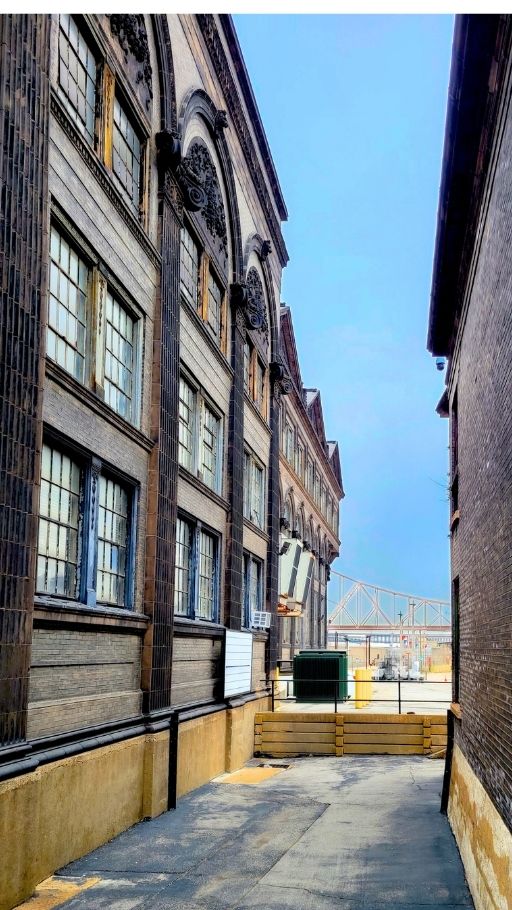The thermal network proposed for 345 Hudson consists of a repurposed condenser water loop, or thermal spine, running vertically from floor to floor. From this thermal spine, hydronic loops run outwards within each floor, allowing for efficient local energy exchanges between zones, using water as a medium. The result is a highly efficient, self-regulating network designed to reach a temperature close to the desired operative level by capitalizing on the natural variability in temperatures across zones and floors.
From this balanced state, floor-level water-source heat pumps, connected to thermal spine, cool or heat on demand, at critical junctures closest to the receiving zones. Note that the thermal network’s stable temperature range levels the playing field, providing a solid foundation for optimal heat pump operating conditions, relative to highly fluctuating outdoor temperatures.
Water will then be run through high-temperature active chilled beams, ceiling mounted heating/cooling coils supplied with water from the thermal network. Floors are conditioned as air flows across the coils. Low-temperature hydronic radiators connected to the thermal network provide additional heating and cooling capacity at the perimeters of each floor.
A high energy recovery Dedicated Outdoor Air System (DOAS) on the rooftop provides fresh air to the chilled beams, which induces additional airflow across the coils. Nearly 90% of the energy from exhaust air is recaptured and used to temper incoming air.

